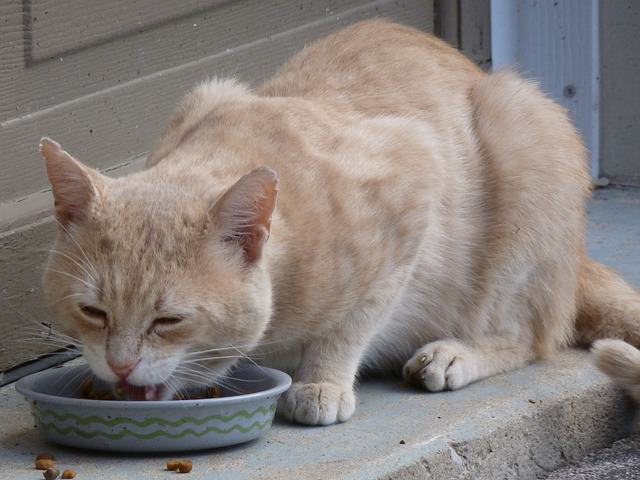We are so careful about what we feed to our cats. We want to do the best for them, so we give thought and consideration to the brand and ingredients in cat food. But did you ever consider that the flavor of the cat food could matter?
Flavor seems like a insignificant factor for the health of cats and more of just a preference, but it turns out that it might matter more than we have thought!
A study, published in Environmental Science and Technology, investigated some of the sources of compounds that have been implicated in feline hyperthyroidism. The researchers found that pet cats are exposed to potentially toxic compounds through cat food products containing fish flavors. It seems that the compounds are naturally occurring in marine organisms.
Many cat lovers have already realized that feline hyperthyroidism is becoming an all too common occurrence. Now thought to affect 10% of all senior cats, hyperthyroidism cannot be ignored or chalked up to a coincidence. As a veterinarian, my hospital has several hyperthyroid patients being managed all the time.
Hyperthyroidism, in a nutshell, is the over-activity of the thyroid gland, which produces hormones that help regulate metabolism. Since the hormones affect many different body systems, the symptoms of hyperthyroidism are usually because of secondary issues. Things like increased heart rate and force of contraction can lead to cardiac damage over time. Excess thyroid hormone can abnormally increase blood pressure, which can cause damage to many other organs, like kidneys, eyes, brain, and heart.
As I said, there are always cats under treatment at Applebrook Animal Hospital and hyperthyroidism is manageable, but certainly we all want to know why the common occurrence and if there is anything we can do to prevent it.
Many researchers see cats as a “sentinel species.” This term comes from the old days when miners would have a caged canary with them in the caves. If toxic fumes caused the canary to collapse, then the miners knew to escape quickly. The scientists looking at feline hyperthyroidism fear that if cats are being affected more and more often, then human beings are likely being exposed to risk also 1.
Be aware that this is only a single study and the disease is multi-factorial. However, when you are choosing your cat food, make sure you ask your veterinarian for advice and perhaps avoid any diet that is fish flavored.
Do you love learning about cats? I love sharing about them! Find me on Facebook by clicking here.
- Walter KM, Lin YP, Kass PH, Puschner B.Association of Polybrominated Diphenyl Ethers (PBDEs) and Polychlorinated Biphenyls (PCBs) with Hyperthyroidism in Domestic Felines, Sentinels for Thyroid Hormone Disruption. BMC Vet Res. 2017 May 3;13(1):120. doi: 10.1186/s12917-017-1031-6. PubMed PMID: 28468659; PubMed Central PMCID: PMC5415813.
- Mizukawa H, Nomiyama K, Nakatsu S, Iwata H, Yoo J, Kubota A, Yamamoto M, Ishizuka M, Ikenaka Y, Nakayama SM, Kunisue T, Tanabe S.Organohalogen Compounds in Pet Dog and Cat: Do Pets Biotransform Natural Brominated Products in Food to Harmful Hydroxlated Substances? Environ Sci Technol. 2016 Jan 5;50(1):444-52. doi: 10.1021/acs.est.5b04216. Epub 2015 Dec 16. PubMed PMID: 26630569.



